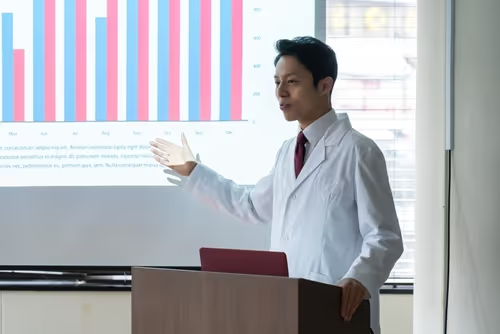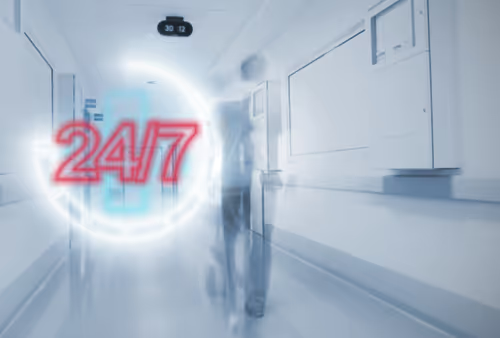
The QC Toolkit: Interpreting Results, Setting Ranges, and Applying Failure Rules
March 19, 2026
|
1 PM ET


Continuing Education
P.A.C.E.® Contact Hours
Speakers


Dr. Alec Saitman, PhD, C(ASCP), DABCC (CC, TC)
Share
Dr. Alec Saitman will dive into key aspects of quality control (QC), including how to read and interpret QC results, establish ranges, apply Westgard rules, and adjust means and standard deviations.
This session is the fourth webinar in the series, From CLIA to Competency: Raising the Standards of Excellence in Clinical Laboratory Practice.
Objectives:
• Explain the purpose and principles of quality control in ensuring accurate and reliable laboratory results.
• Interpret QC data using Levey-Jennings plots and apply appropriate statistical tools for evaluation.
• Establish laboratory-specific QC ranges (Quality Parameters) in accordance with regulatory and accreditation requirements.
• Evaluate QC failures and determine appropriate corrective actions to maintain compliance and patient safety.
• Discuss patient moving averages and how they aid in identifying analytical issues.
Dr. Alec Saitman, PhD, C(ASCP), DABCC (CC, TC)
Associate Professor and Director of Chemistry and Toxicology
Dr. Alec Saitman completed PhD training in total synthetic organic chemistry at the University of California, San Diego. He then went on to complete fellowship training in Clinical Chemistry and Toxicology in the Department of Pathology at the University of California, San Diego. He is board-certified by the American Board of Clinical Chemistry (ABCC) in Clinical Chemistry and Toxicological Chemistry.
Dr. Saitman is currently an Associate Professor of Pathology and Laboratory Medicine at Oregon Health and Sciences University (OHSU) and serves as the director of chemistry and toxicology. His research focuses on the development of small molecule quantitation assays using mass spectrometry. His areas of interest include laboratory stewardship and laboratory informatics. He is particularly interested in establishing efficient production workflows to meet the growing testing demands in his laboratory.

